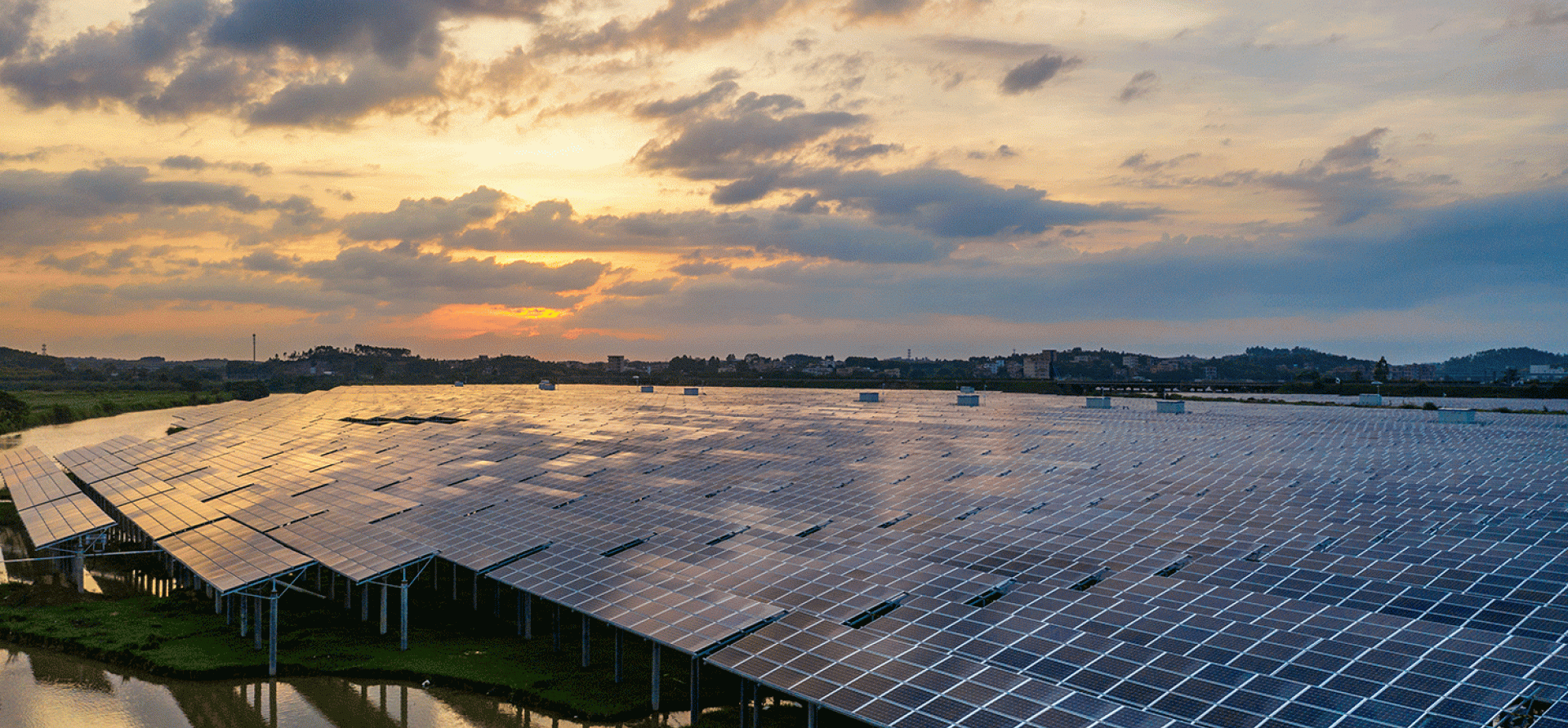For renewable energy growth and coal exits, the hard work starts now

Key Findings
High energy prices in Australia will filter through to the cost of goods and services.
To reduce exposure to volatile fossil fuel prices Australia must decarbonise its energy system.
The National Energy Market must massively increase its renewables and storage capacity.
The world is currently experiencing an energy price and supply shock. Coal, oil and gas prices around the world have reached record high levels.
The impact of high international gas and coal prices is feeding through to Australia’s National Electricity Market which is now seeing extremely high wholesale electricity prices. They’ve risen 141% since Q1 last year.
These high prices are filtering through to customers’ bills with the Australian Energy Regulator increasing default market offers by up to 20% nominally. High energy prices will also filter through to the cost of goods and services.
There is going to be pain in the short term. Businesses and households will suffer bill shock.
As long as Australia relies on coal and gas we will be exposed to international price fluctuations in these commodities.
To reduce exposure to volatile fossil fuel prices Australia must decarbonise its energy system.
The Federal Government’s Powering Australia plan targets 82% renewables by 2030, up from 31% renewables in 2021. This appears to be in line with the Market Operator’s Step Change Scenario in its Draft 2022 Integrated System Plan (ISP).
The $20bn Federal investment will help unlock the full potential of the renewables sector
A key part of the Powering Australia plan is $20 billion for the Rewiring the Nation Corporation to upgrade the grid. The newly established Corporation is expected to focus on transmission to enable the buildout of the Integrated System Plan.
This investment will help unlock the full potential of the renewables sector.
The Powering Australia plan also aims to remove taxes from low emissions vehicles, develop a National Electric Vehicle Strategy, and install 400 community batteries and 85 solar banks.
The plan needs to be detailed further, but nonetheless marks a turning point for Australia’s energy decarbonisation journey.
Australia now has two major factors driving decarbonisation efforts forward: the huge need to reduce dependence on currently extremely expensive fossil fuels, and a Federal government supportive of renewables, storage and transmission.
By 2050 the NEM needs to grow large-scale renewables capacity by nine times, distributed PV capacity by five times, storage capacity by twenty times and manage an orderly exit of all coal-fired generators – according to the ISP Step Change Scenario.
The hard work begins now.
This article first appeared in Smart Energy online magazine















